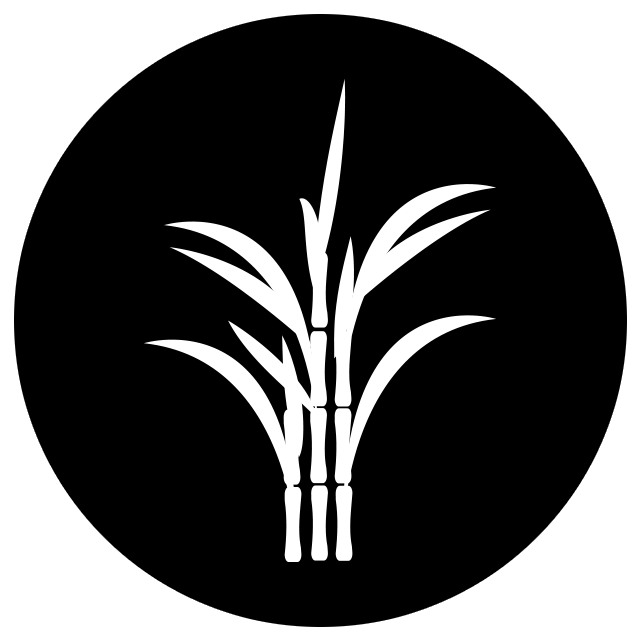Who does CKDnT affect?
The most impacted population to be studied and documented to date are sugarcane cutters in Central America.
In El Salvador, where sugarcane is a dominant agricultural industry, “hospitalizations for CKD increased by 50% from 2005 to 2012, and it is the leading cause of hospital deaths,” according to the Pan American Health Organization (PAHO).[ref]Pan American Health Organization (2014) “PAHO Resolution CD52.R1.: Chronic kidney disease in agricultural communities in Central America.” Available: http://www.paho.org/hq/index.php?option=com_content&view=article&id=8833&Itemid=40033&lang=en[/ref]
La Isla Network is working with experts globally to identify other at-risk populations.
Risk ratios for sugarcane cutters are rising.
Although adequate systems for reporting and surveilling CKDnT are still lacking in the region, the rise of CKDnT among poor agricultural workers working in the Pacific lowlands of Central America has not gone entirely undocumented.
Study results from one population study in Costa Rica compared 40 years of CKDnT prevalence in the sugarcane cultivating region of Guanacaste with the national averages during the same time period. Already by 1978, men living in Guanacaste were more than twice as likely to develop CKDnT than the average Costa Rican male. Today, the risk ratio for males has skyrocketed. As of 2012, a male sugarcane cutter is more than four times more likely to develop CKDnT than the average Costa Rican male.

Note: The risk ratio (RR), also called relative risk, compares the risk of a health event (disease, injury, risk factor, or death–in this case CKDnT onset) among one group with the risk among another group.[ref]The Centers for Disease Control and Prevention. “Principles of Epidemiology in Public Health Practice, Third Edition: An Introduction to Applied Epidemiology and Biostatistics. Lesson 3: Measures of Risk, Section 5: Measures of Association” (2012). Available: http://www.cdc.gov/ophss/csels/dsepd/ss1978/lesson3/section5.html[/ref]
The confidence interval (CI) is a range of values within which the “true” value of the rate is expected to occur (with 95% probability).[ref]Utah Department of Health. “Confidence Intervals in Public Health.” Available: http://health.utah.gov/opha/IBIShelp/ConfInts.pdf[/ref]
In some sugarcane communities of Nicaragua, 41% of men have Stage 3+ CKDnT.[ref]Raines N, González M, Wyatt C, Kurzrok M, Pool C, Lemma T, Weiss I, Marín C, Prado V, Marcas E, Mayorga K, Morales JF, Aragón A, Sheffield P. “Risk Factors for Reduced Glomerular Filtration Rate in a Nicaraguan Community Affected by MeN.” MEDICC Review. April 2014.[/ref] Without treatment, CKDnT diagnosis is a death sentence.
Very few of these people will have access to dialysis or transplants. La Isla Network is working with leading nephrologists on alternative treatments and improving access to care for those diagnosed with CKDnT.

CKDnT in other regions and industries
Kidney disease epidemics among manual laborers are also occurring in Asia and North Africa.
La Isla Network is working with leading nephrologists and epidemiologists to compare biopsies and population data. Our goal is to understand the connections between potentially linked epidemics across continents and industries.
CKDnT is believed to impact the following industries:
Citations:







